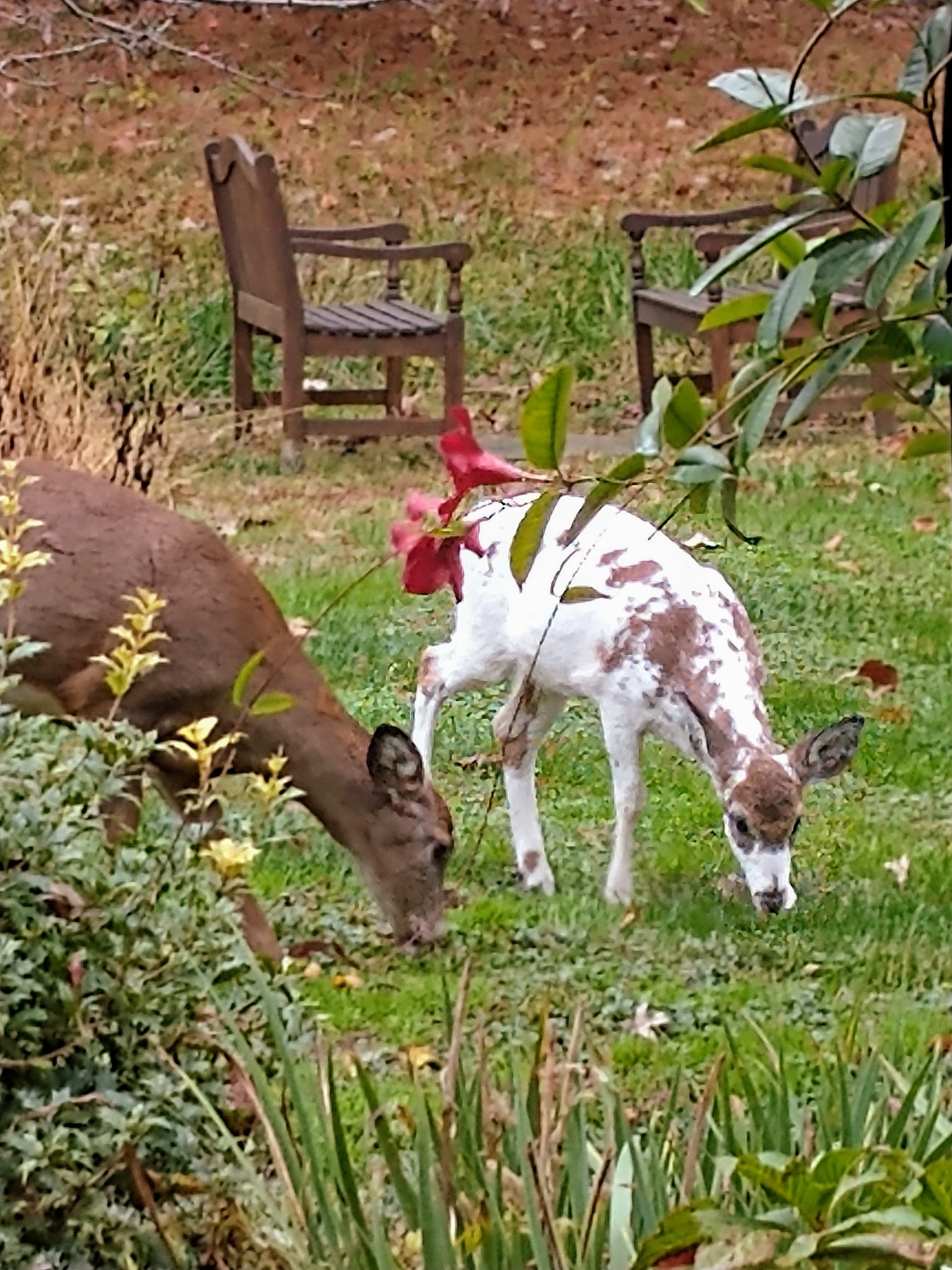Aiming to keep the deer population under control, Princeton’s annual deer management program is under way.
As it has done for several years, the Princeton Council awarded a contract to White Buffalo, Inc. and its sharpshooters to reduce the number of deer in town. The company, which is based in Connecticut, will be paid up to $70,000 for its services.
The Princeton Council also awarded a contract to John Hart Farms LLC to process the deer killed by White Buffalo sharpshooters. The Hopewell Township-based company will be paid up to $19,500.
In addition to White Buffalo, Inc., the Princeton Council approved a contract with John Zampini and the Suburban Deer Management Association for volunteer hunters to use a bow and arrow or a cross bow – but no firearms – to hunt deer.
White Buffalo’s goal is to kill between 125 and 150 deer between January and March through a combination of sharpshooting or trapping them under nets and euthanizing them after they have been drawn to bait stations.
The sharpshooters will be stationed in elevated tree stands or in the back of a pickup truck. The bait sites will be chosen to ensure that the bullets from the sharpshooters’ rifles will not travel beyond the target area. The sharpshooters will begin operating in the late afternoon, with most of the activity taking place after sundown.
Drop nets will be used in areas of the town where there are too many houses nearby for sharpshooters to safely use rifles to kill the deer. The deer captured under the nets will be euthanized by White Buffalo hunters.
Princeton’s deer management plan has set an immediate target of reducing the deer herd to 30 deer per square mile in the 18-square-mile town. The long-term goal is to reduce the deer population to an average of 20 deer per square mile, which is the upper limit that most likely will allow for ecological balance and a minimal number of complaints about deer/human interactions.
A census of ovenbirds at two properties in Princeton revealed a sharp increase in the number of ovenbirds – ground-nesting birds that require a healthy forest understory – from 13 ovenbirds in 2004 to 36 ovenbirds in 2013, according to the deer management plan. Ovenbirds are a small species of songbirds, such as warblers.
“This significant increase in their population is indicative of a healthy understory which, in turn, is associated with a reduction in the deer population,” the deer management plan stated. The town’s deer removal efforts are having a positive effect on restoring songbird habitat and native species in the woods, it stated.
Once the deer have been killed, John Hart Farms LLC will be paid $130 per deer to process the deer carcasses through its butcher shop. The deer will be delivered to the butcher shop every night except Sunday after 9 p.m.
It is expected that Princeton will drop off five to 15 deer each night, although the butcher shop can accommodate up to 25 deer per night. The venison will be delivered to area food banks, subject to the town’s approval.
While White Buffalo, Inc.’s sharpshooters will be looking for deer between January and March, John Zampini and the Suburban Deer Management Association’s volunteer hunters have been on the prowl since September. Their activities coincide with the state-designated bow-hunting season, which runs from Sept. 12, 2020, to Feb. 20, 2021.
Suburban Deer Management Association and its hunters are not being paid for their services, but they are being reimbursed by the town for the direct costs they have incurred in processing the deer, up to $10,000.
The bow hunters may keep the deer that they kill, but any deer that are processed at Princeton’s expense and that they do not keep will be donated to a New Jersey food bank.
Zampini hand-selects bow hunters who have shown they have a superlative safety record, and who have shown they are able to remove large numbers of deer. Last year, they removed 40 deer.
The volunteer deer hunters must pass a proficiency test. They must be able to shoot three out of four arrows inside a 9-inch circle from a standing position of at least 20 yards away from the target.

